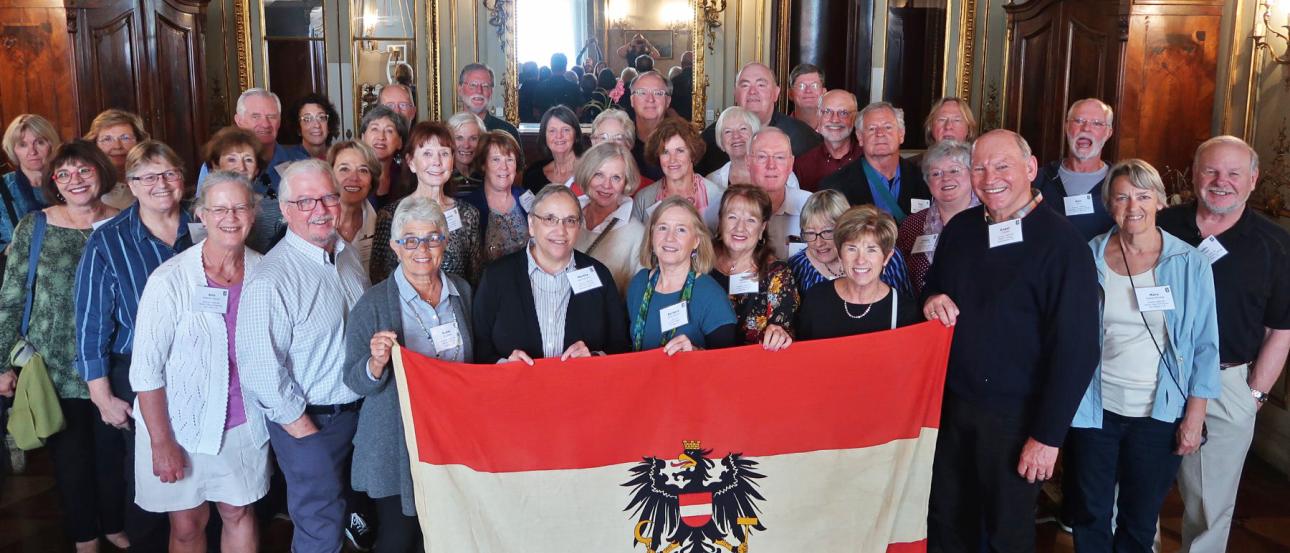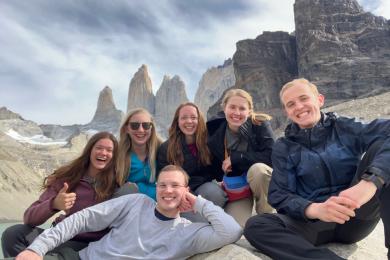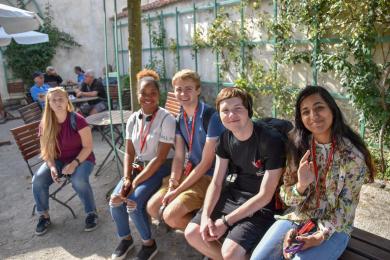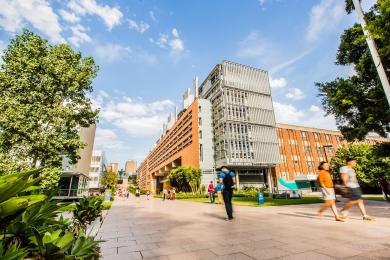Friend, supervisor, fellow intern, study abroad staff, professor, language buddy, tour guide, roommate, commute partner, homestay host, barista—just some of the people who may have had an impact on your experience during your time abroad. You may not have realized it, but you were effectively networking that whole time. So why not keep in touch and keep it up?
Networking doesn’t have to mean stiff handshakes and suits and ties; it doesn’t even have to be in person (which makes it easier if you can’t fly back to Sydney for a professional reference). Check out our guide to keeping and making new connections!








